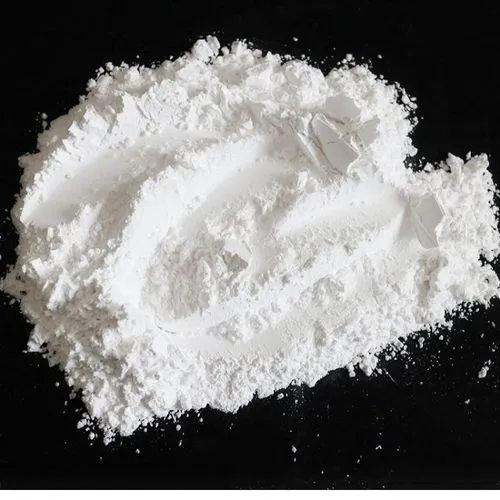
Exploring the Role of Calcium Carbonate in Seashell Formation and Marine Ecosystems
The Role of Calcium Carbonate in Seashells A Natural Wonder
Seashells, a common sight on beaches around the world, are not just beautiful remnants of marine life but also fascinating examples of nature's genius. One of the primary components of these shells is calcium carbonate, a versatile compound that plays a crucial role in the structure and function of these natural formations. This article explores the importance of calcium carbonate in seashells, its formation, and its broader implications in the marine ecosystem.
Understanding Calcium Carbonate
Calcium carbonate (CaCO₃) is a chemical compound that occurs naturally in various forms, including limestone, marble, and chalk. In the context of seashells, it primarily appears in two polymorphs calcite and aragonite. These minerals contribute to the hardness and protective qualities of seashells, which serve as vital structures for many marine organisms, including mollusks, crustaceans, and certain corals.
Formation of Seashells
The formation of seashells begins with the marine organism's biological processes. Mollusks, for example, secrete a mixture of proteins and calcium carbonate to create their shells. The process begins in the mantle, a layer of tissue just under the shell. Calcium ions and carbonate ions, which organisms absorb from seawater and food, combine to form calcium carbonate, and as the mollusk grows, it adds new layers to its shell.
The composition of calcium carbonate may vary among different species, resulting in a diverse array of shell shapes, sizes, and textures. Some species utilize aragonite, which gives their shells a more delicate appearance, while others may opt for the more robust calcite. This variation enhances the adaptability of marine life to different environmental conditions and predatory threats.
Ecological Significance
calcium carbonate seashells

The role of calcium carbonate in seashells extends beyond the individual organism. As seashells accumulate on the ocean floor, they form sedimentary layers that contribute to the structure of marine habitats. These shells provide homes for various marine creatures and contribute to the overall biodiversity of the ecosystem.
Additionally, the dissolution of calcium carbonate in oceans plays a crucial role in the carbon cycle. Seashells, when broken down, release carbon dioxide back into the water, impacting oceanic carbon levels. This process is vital for maintaining the balance of ocean chemistry, which has profound implications for climate regulation and overall ocean health.
Threats and Conservation
Despite their resilience, the future of seashells—and the organisms that produce them—is under threat due to climate change and ocean acidification. As atmospheric carbon dioxide levels rise, oceans are absorbing more CO₂, leading to lower pH levels. This acidic environment hampers the ability of marine organisms to produce calcium carbonate, compromising their shell formation.
Moreover, the increasing temperatures are affecting marine ecosystems, resulting in shifts in species distribution and an increase in oceanic pollution. These changes can disrupt the delicate balance of marine life, making conservation efforts critical. Protecting marine habitats, promoting sustainable fishing practices, and reducing carbon emissions are essential to ensuring the survival of these remarkable organisms and the intricate systems they support.
Conclusion
Calcium carbonate is not merely a structural component of seashells; it is a vital player in the broader ecological narrative of the world's oceans. By understanding its role in natural processes, we can appreciate the delicate balance of life that seashells represent. As stewards of the environment, it is our responsibility to protect these natural wonders and the ecosystems they inhabit. Through awareness and concerted efforts, we can ensure that the beauty of seashells continues to grace our shores for generations to come.
Share
-
Premium Glass Sand Solutions | High Purity SupplyNewsAug.03,2025
-
Premium Talcum Powder Enhanced with GPT-4 Turbo | Soft & Long-LastingNewsAug.02,2025
-
Fly Ash Solutions Enhanced by GPT-4 Turbo | Sustainable InnovationNewsAug.01,2025
-
Natural Premium Bentonite Cat Litter - Superior ClumpingNewsJul.31,2025
-
Premium Resin Coated Sand - High Heat Resistance CastingNewsJul.31,2025
-
High Quality Silicon Carbide Grit for Abrasive ApplicationsNewsJul.30,2025






